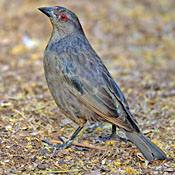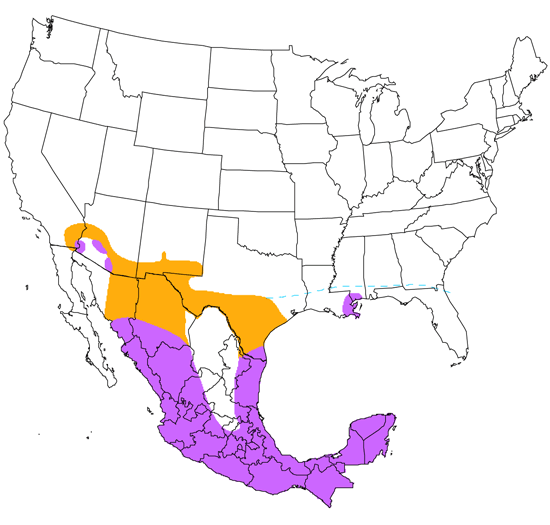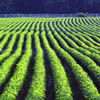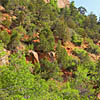Bronzed Cowbird
Molothrus aeneus

Perching
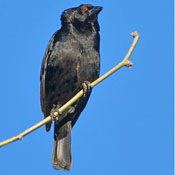
Length: 9 in. (22 cm )
Occurring in open woodlands, feeding lots, and vegetated suburban areas, it usually flocks with other blackbird species. This cowbird often feeds on the ground where it eats grain and seeds. A brood parasite, the female cowbird puts an egg in each of several nests. It has been recorded parasitizing at least 77 other bird species, but most commonly those of Hooded Orioles. The female cowbirds use their bills to pierce the eggs of the host species or other cowbird species already in the selected nest before depositing their own egg. The host species then feeds and raises this relatively huge young.
The four-digit banding code is BROC.
Bibliographic details:
- Article: Bronzed Cowbird
- Author(s): Dr. Biology
- Publisher: Arizona State University School of Life Sciences Ask A Biologist
- Site name: ASU - Ask A Biologist
- Date published: 13 Jul, 2017
- Date accessed:
- Link: https://askabiologist.asu.edu/activities/bird/bronzed-cowbird
APA Style
Dr. Biology. (Thu, 07/13/2017 - 15:38). Bronzed Cowbird. ASU - Ask A Biologist. Retrieved from https://askabiologist.asu.edu/activities/bird/bronzed-cowbird
Chicago Manual of Style
Dr. Biology. "Bronzed Cowbird". ASU - Ask A Biologist. 13 Jul 2017. https://askabiologist.asu.edu/activities/bird/bronzed-cowbird
Dr. Biology. "Bronzed Cowbird". ASU - Ask A Biologist. 13 Jul 2017. ASU - Ask A Biologist, Web. https://askabiologist.asu.edu/activities/bird/bronzed-cowbird
MLA 2017 Style
Be Part of
Ask A Biologist
By volunteering, or simply sending us feedback on the site. Scientists, teachers, writers, illustrators, and translators are all important to the program. If you are interested in helping with the website we have a Volunteers page to get the process started.

